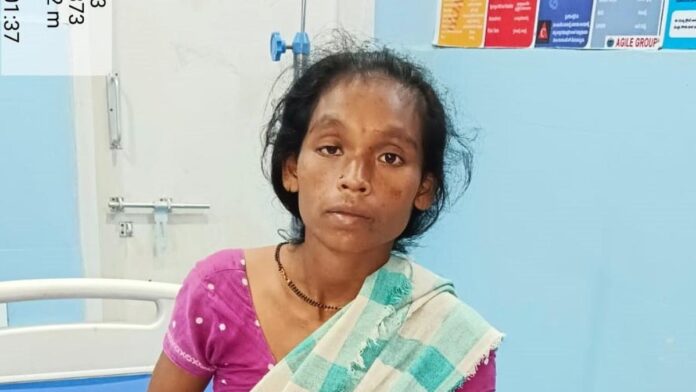
A hospital in Alluri Sitarama Raju district, Andhra Pradesh. File
| Photo Credit: Special Arrangement
With the worst of the COVID-19 pandemic behind us (though the World Health Organization warns that the virus has still not vanished), the Union Budget expectedly shifted focus to levers of economic growth such as infrastructure and employment. It was also hoped that the recognition of population health as a vital investment for accelerating as well as protecting economic growth would see continued investment in strengthening our health systems. In the Interim Budget, the Finance Minister had announced the government’s plans to “encourage” HPV vaccination to girls (to prevent cervical cancer), create a U-WIN programme for improving coverage of the routine immunisation programme, and include ASHA workers and Anganwadi workers as beneficiaries of the Pradhan Mantri Jan Arogya Yojana (PMJAY) health insurance programme. These have not been elaborated or presented as line items in the main Budget presented on June 23.
Comparisons
An increase in programme allocations from Budget to Budget must be calculated by comparing the budgetary estimate (BE) of this year with the BE of last year and not with the revised estimate (RE) for last year, which also features in the Budget. RE is the money actually spent, and indicates inability of the programme to efficiently spend the money, and not the actual need. A comparison of the BE for health in this year’s Budget with the RE of last year suggests that there was an increase of nearly 12%, which is an erroneous estimate of what the programme will actually get as a raise.
By comparing only the BEs of 2023-24 and 2025-25, we note an increase of only 1.98% for the overall Health Ministry budget, 1.16% for the National Health Mission (NHM), and 1.4% for PMJAY. Given the need to expand coverage and enhance the impact of these two flagship programmes of Ayushman Bharat, these increases are disappointingly modest. Many of our national programmes are steered by NHM, which is also responsible for strengthening rural and urban primary care as well as the district hospitals. Apart from the need to make child immunisation universal, the danger of tuberculosis (for which India has set an aspirational elimination date of 2025) and the rapidly rising rates of non-communicable diseases require a better resourced and structurally strengthened NHM.
The goal of having every Indian protected by universal health coverage (our target for 2030) cannot be realised if even the government-funded PMJAY programme is unable to become more inclusive. The recent announcement that it will be extended to cover all elderly persons appears untenable if the programme has a minimal budgetary increase.
A missed opportunity
While an increase in new medical colleges was mentioned, the need to invest in building a large multi-layered, multi-skilled workforce was not acknowledged. The energetic thrust for employment generation and skill-building must recognise that the health sector represents an area of great need and opportunity, especially for young persons.
It is laudable that customs duties have been waived on three anti-cancer drugs. Price controls are also needed for many other drugs. Pooled procurement, with monopsonic power of price negotiation, can markedly reduce the prices of drugs procured not only by public sector institutions, but also by private healthcare institutions which are accredited to government-funded health insurance schemes. The Budget missed an opportunity to establish such mechanisms.
Investment in climate-resilient agriculture is a welcome budgetary commitment, at a juncture where the quantity and quality of staple crops are likely to be severely affected by global warming. Diversification of agriculture to climate-resilient crops will not only provide nutrition security, but will also be climate smart in reducing the use of water, pesticide, energy and release of greenhouse gases.
K. Srinath Reddy, honorary distinguished professor at the Public Health Foundation of India
Published – July 25, 2024 12:47 am IST
